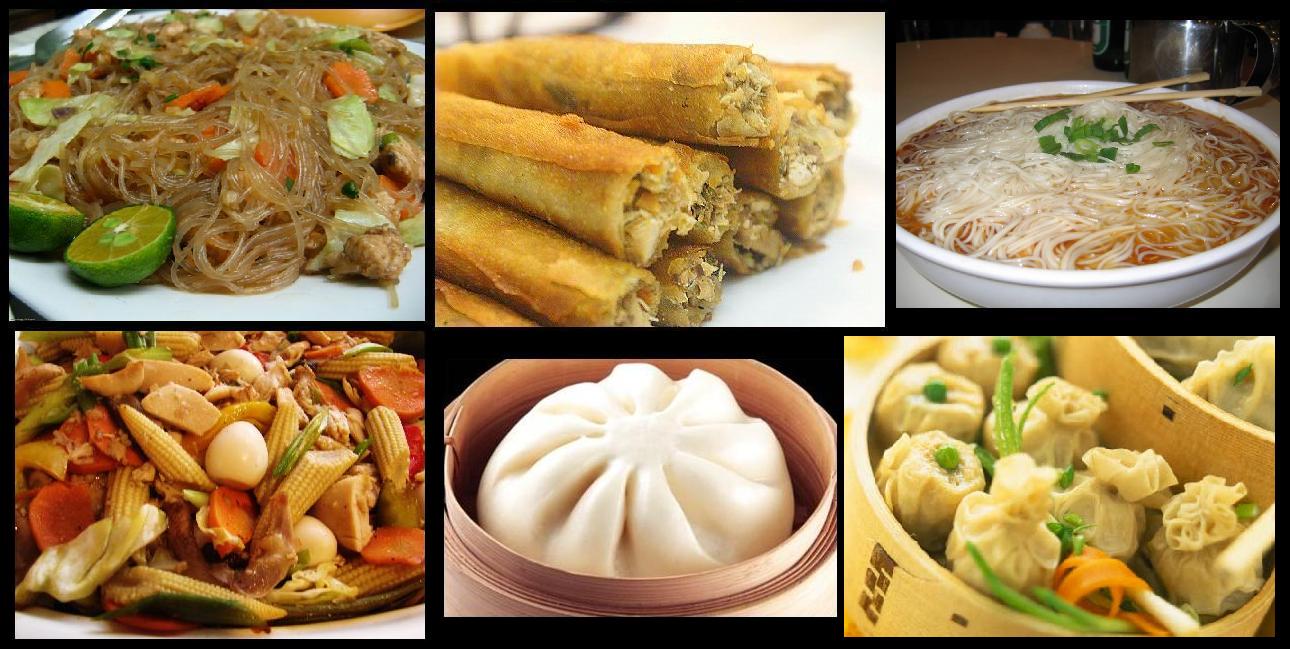Basic filipino history
The Philippines is a country in southeast Asia and an archipelago, boasting more than 7,100 islands. The islands are grouped into three major islands: Luzon, Visayas and Mindanao. The national languages of the country are Filipino and English. However, there are eight major language branches that are spoken in the country: Tagalog, Ilocano, Kapampangan, Pangasinan, Waray, Cebuano, Ilonggo and Bikol. However, the major language being taught in the Philippines is Tagalog. There are three major cultures that impacted the Filipino culture heavily: Chinese, Spanish, and American. History played a critical role in the evolution of Filipino cultural life affecting their character and how they think and act.
The Chinese Influence
Between the 10th and 16th centuries and before the Spanish colonization, Chinese traders sailed to the Philippines. They brought porcelain and silk, in exchange for beeswax, deer horn and trepang(sea slug). The trade with China was the beginning of a major influence and contribution within the FIlipino culture. One major influence that the Chinese contributed within the culture was culinary arts. Some culinary techniques that the Filipinos were taught include sauteed dishes, rice cakes and noodle dishes(like Pancit!). In addition, the Chinese way of family structure also heavily influenced the traditional Filipino family structure. The traditional Filipino structure is very rigid, authoritarian, and uses Chinese-based nomenclature. The eldest son is called Kuya, and the eldest daughter is referred to as Ate. Both kuya and ate have authority and responsibility over their siblings.
The Arab Influence
About 200 years before the Spanish arrived in the Philippines, Arabs traded and settled in the Philippines. Arabs mostly colonized and influenced the island of Mindanao. In Mindanao, the Arab Muslims influenced and converted the indigenous people to Islam. Besides making Mindanao an Islamic and sacred island, the Arabs also introduced the sultanate form of government. In this type of government, a Sultan, is the main chief in charge. A Sultan gains his power, control and sovereignty through the number of followers he gains, rather than wealth.
In addition, Arabs have some influence in numerous Filipino languages. Words such as apo(grandchild), alamat(legend), sulat(letter) and salamat(thank you), came from the Arabic language. Arabs also introduced the use of calendars to the Filipinos. Last but not least, Arabs improved the relationship between the Philippines and other Asian countries. Since Arabs colonized Mindanao, and were a powerful empire, the Arab empire was the center of commerce in Asia.
The Spanish Influence
On March 16, 1521, Ferdinand Magellan, a Portuguese explorer sailing for Spain, arrived in the Philippines. He first landed on the island of Homonhon, and explored several islands before arriving at Cebu. At Cebu, he baptized and converted Philippine natives to Christianity. The chief of Cebu admired Magellan, and asked him to kill a rival chief in a nearby island of Mactan. The chief of Mactan was Lapu-Lapu. Magellan and his comrades went to Mactan, and wanted Lapu Lapu and his people to bow before the chief of Cebu, succumb to Spanish ruling, and be converted and baptized as Christians. Lapu-Lapu rejected the offer, and The Battle of Mactan began. Magellan and his comrades attacked Lapu-Lapu and his tribe, but were overpowered. The war ended within two hours, and the Spaniards were defeated by Lapu-Lapu and his tribe. Ferdinand Magellan was struck by a bamboo spear and died on the island of Mactan. Lapu-Lapu became the first hero of the Philippines. Lapu-Lapu was the first Filipino to resist Spanish colonization, and delayed the Spanish conquest and conquering of the Philippines for over 40 years.
After the halt of Spanish conquest in the Philippines for about 40 years, Spain still managed to conquer and influence the country greatly for at least 300 years. One of the major Spanish influences in the Philippines is Regionalism. When a Filipino is discontented with a group he or she belongs to, he or she will walk away and form his or her group. Another major influence is Christianity. At least 80% of Filipinos are Christians, mostly Roman Catholics. Just like the Hispanic tradition, Filipinos usually set up altars in their homes. The altar usually consists of the crucifix, flowers, candles, pictures of saints, and a statue of the Virgin Mary.
Filipino languages, Tagalog for instance, contain thousands of Spanish loanwords. Here are several of the loanwords:
Example 3
English: Mug
Spanish: Taza
Tagalog: Tasa
Example 4
English: Story
Spanish: Cuento
Tagalog: Kwento
Example 1
English:Garage
Spanish:Garaje
Tagalog:Garahe
Example 2
English:Cooking oil
Spanish:Manteka
Tagalog: Mantika
Example 5
English: Ice
Spanish: Hielo
Tagalog: Yelo















